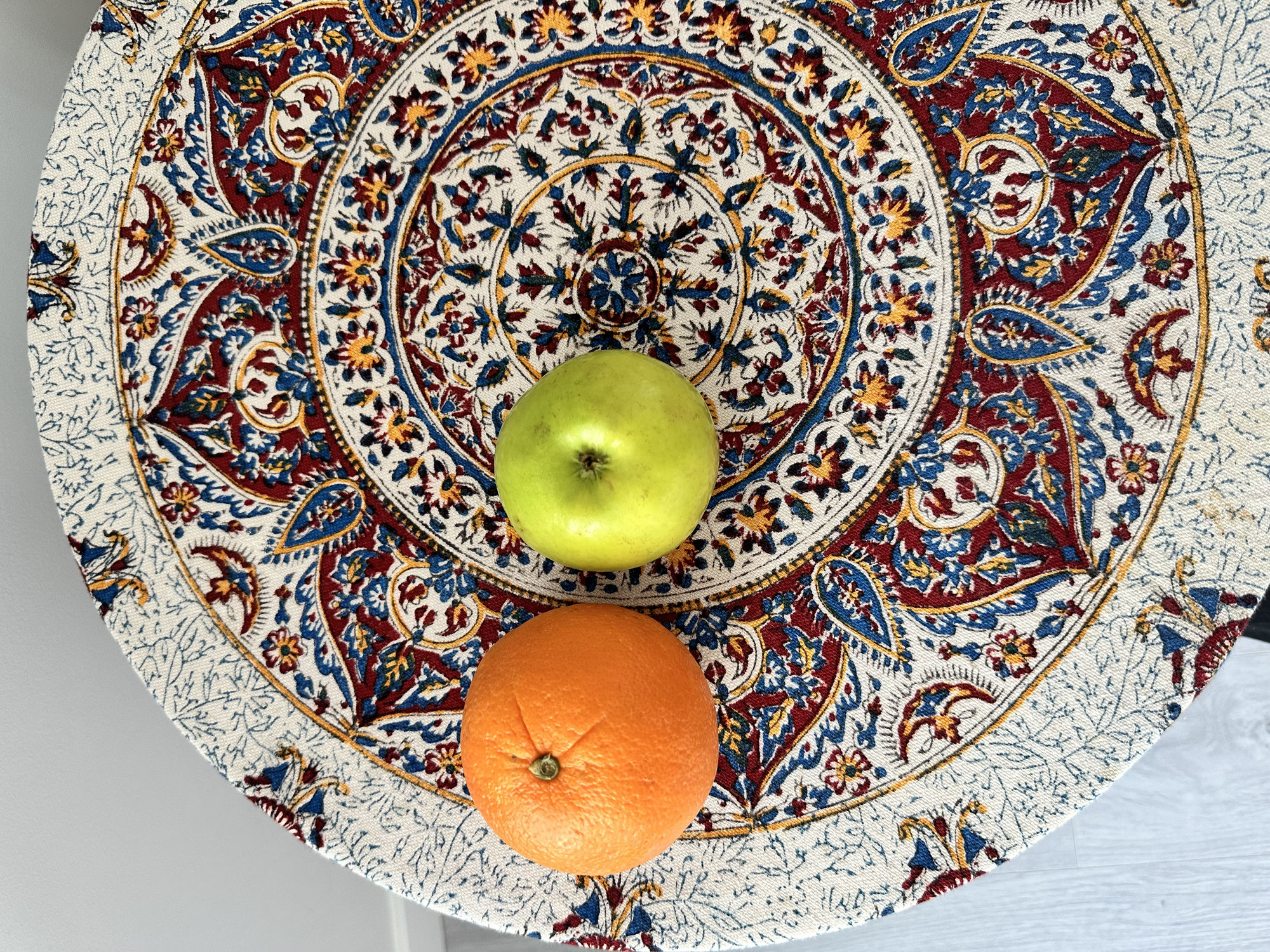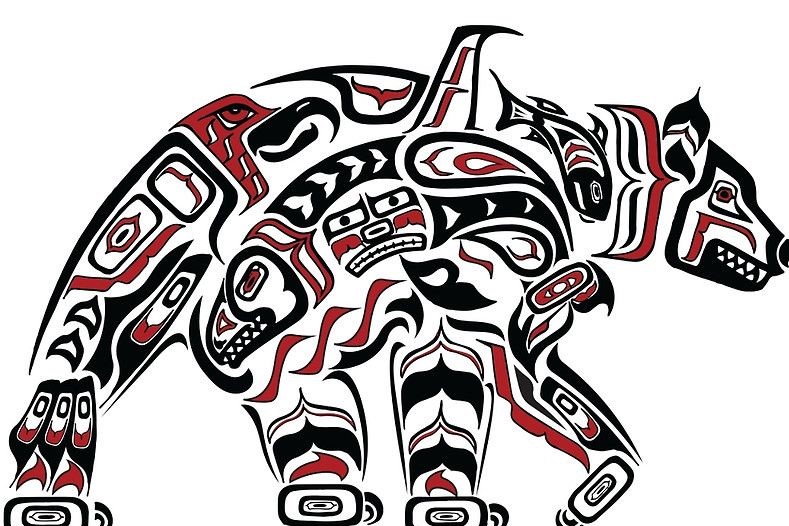multicultural · 02. June 2023
Traveling around the world, you may come to the general conclusion that cities are just abstractions of international finance – we build what the market demands. But when you meet the works of John and Patricia Patkau, you understand that there are still artists’ hands at work. For example, the Audain Art Museum, which has collected many awards.
HURMA · 30. March 2023
The egg is a symbol of new life and rebirth - this meaning was known to all peoples in ancient times. On the territory of Ukraine, even today, the usual egg-eating at the dawn of Easter, after the end of the service in the churches, has been massively popular.
HURMA · 20. March 2023
The first embroideries on the territory of Ukraine appeared in the time of the Scythians. Archaeological excavations confirm that male figurines found in Cherkasy, created as early as the 6th century, have in their decoration not only features of Ukrainian clothing of the 18th-19th centuries, but also elements of ancient ornamentation. The Arab traveler also talked about the same ornament in his descriptions of the Rus, which date back to the 10th century.
multicultural · 17. March 2023
Isfahan from ancient time is a major center of traditional crafts in Persia. Isfahan's handicrafts include textiles, carpets, woodwork, metalwork, ceramics, painting, and various types of inlay work. The work is done in a variety of settings, including small industrial and bazaar workshops, the homes of artisans and women, and rural handicrafts.
multicultural · 12. March 2023
Folk art is not an easy word to define. Some folk art is made for sale to collectors. Other things considered folk art by some are made to be used everyday, such as hand-made children's toys. Some folk art in Mexico has been influenced by the Spanish while other folk art is based on traditional Indian arts and craft.
HURMA · 07. February 2023
What do you see when you look at Haida paintings? Another hidden picture? Geometric shapes and red and black colors? Yes, this is the Haida style, which was created and preserved to this day by the native inhabitants of North America, the Haida tribe. They decorated their own bodies with such drawings.
1 Applies to shipping within Canada. Information about shipping policies for other countries can be found here: Payment and Delivery Information






